In Apollo’s May issue Ben Luke previews the second edition of Art Basel Hong Kong, which opens from 15–18 May. It’s only in its second year, but Art Basel in Hong Kong seems intent on establishing itself as equally indispensable to the Asian art world as its long-established Swiss parent is to the European market. Look no further than Carsten Nicolai’s α (alpha) pulse (2014) for the proof. A new work commissioned for the fair (15–18 May), it will light up the entire facade of the 490m-high International Commerce Centre (ICC), Hong Kong’s tallest building, and pulsate at a synchronised rhythm. It is literally a beacon for contemporary art’s presence in the city – half a kilometre high.
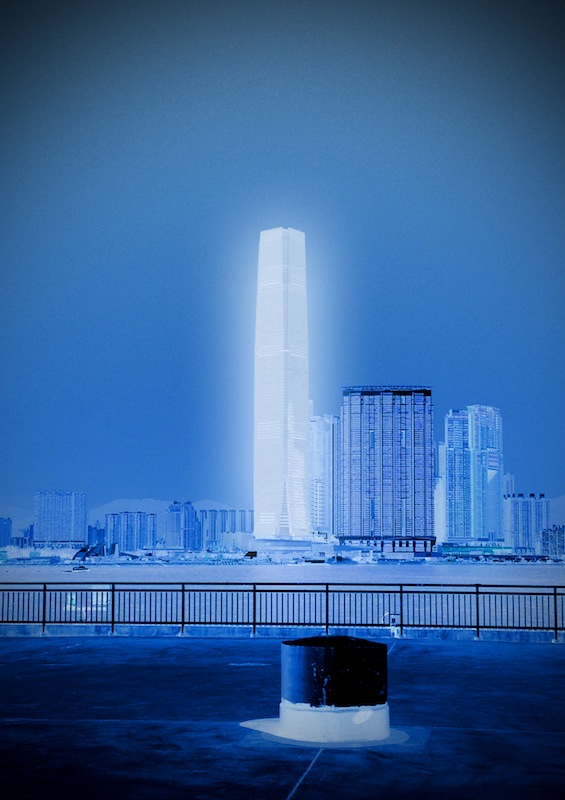
‘Rendering of α (alpha) pulse’ (2014), Carsten Nicolai. © 2014 Studio Carsten Nicolai. Courtesy Galerie EIGEN + ART Leipzig/Berlin and the Pace Gallery
‘In Hong Kong, because of the nature of the landscape and the architecture, it’s difficult to make your presence felt,’ says Magnus Renfrew, the fair’s director. ‘Even if you were to create a three-storey-high sculpture in Hong Kong, it would be dwarfed by the scale of the architecture, and easily lost. So the ICC is going to be lit up like a giant beacon, and pulsating at a frequency that has been scientifically demonstrated to evoke positive feelings in people.’ He adds with a laugh: ‘We hope it’s going to put people in a mood to buy.’
Symbols and omens are welcome in the early days of Art Basel’s Hong Kong experience. Last year’s inaugural edition followed its takeover of Art HK, and Renfrew tells the story of a Chinese gallerist who expressed delight at the fair’s V.I.P room, with its stunning views over Victoria Harbour. ‘He was really thrilled by it, and said that the feng shui was perfect, because apparently if you see water, it makes you want to spend money. So he was keen for the collectors to come up and get the good vibes.’
So were the vibes good generally in Art Basel in Hong Kong’s first year? ‘It was a very good first edition,’ Renfrew says. ‘When it was announced that Art Basel would be acquiring Art HK there was a sense of concern among many people that the fair would just become a copy-paste version of Art Basel, and that it would be predominantly Western galleries. But everybody was very much reassured by the first edition; 50 per cent of the galleries were from Asia and Asia Pacific, and I think that really set those concerns to rest. For the long term we really want to keep a very strong identity that’s rooted in Asia, and is respectful of the place where the fair happens.’
Click here to buy the May issue of Apollo
Crucial to its success was a tightening up of quality, Renfrew says. ‘With an art fair, you’re really only as good as your weakest gallery – I think that’s an important way of trying to look at it. And consistency is really what defines the quality of an art fair.’
The hope was that the Art Basel brand would bring its address book, and attract a larger audience from the US and Europe. That played out. ‘We had a stronger attendance, so that was very positive,’ Renfrew states. He recognises, however, that ‘there’s still a huge amount of work to do in terms of building the audience in Hong Kong, and in Asia, for contemporary art. But the great thing is that it’s working already. There are sufficient sales to keep this interesting for the galleries, and for them to want to come back. That’s the only true benchmark that you can have of how successful an art fair is – by the galleries coming back. We had an 87 per cent reapplication rate this year, which I think is strong. The exciting thing is that it’s already sustainable, yet we’ve only just scratched the surface of what’s possible. There’s incredible potential for this to turn into a fair of global importance.’
Despite Renfrew’s optimism, question marks have been raised as to the demand for fairs in Asia, and particularly those featuring Western art, following TEFAF’s decision to put the Beijing iteration of its Maastricht fair, a partnership with Sotheby’s, on hold. A statement issued by the foundation described the interest in and appetite for Western art as ‘undoubtedly growing’, but it called into question the viability of a ‘high-end’ fair in China at the current time. ‘The market for many of the specialisations represented at Maastricht is still evolving,’ it concluded.
Renfrew concurs that the appetite for modern and contemporary art in Asia is ‘absolutely growing’. He adds: ‘People often ask me about Asian taste, as if there is an Asian taste, but there’s no such thing. We’re all individuals. It’s the wrong question to be asking. It’s much more about the stage of collecting you’re at – where you are on your own collecting journey as it were. It’s the same anywhere in the world, whether you are from London or New York, or wherever, that when you start collecting, you usually start with work that is quite conservative in nature and often from your own country. That’s largely true across the board.
‘Then, once you’ve been collecting for a little while and as your confidence grows, and knowledge, you instinctively move towards more challenging or contemporary work. But again, your first engagement with contemporary art is often [to buy work] from your own country. From here it’s not such a big leap to buy contemporary art from elsewhere in the world. And we’re seeing that play out in different parts of Asia. For example, if you look at the art market in China, those collectors that were early to start buying contemporary art from China, they’re now buying from anywhere in the world.’
Inevitably, then, Art Basel in Hong Kong reflects a balance between East and West. ‘Of course, many galleries from the West are showing art from Asia and many of the galleries from Asia are showing Western art,’ Renfrew states. ‘But there’s definitely a unique flavour to the fair, because we have this very diverse aesthetic. It’s the first world-class truly global art fair in the sense that if you want to see an artist from Indonesia, you can; if you want to see a hip artist from the Lower East Side, you can; if you want to see Picasso or Matisse, you can; if you want to see historic Chinese material, you can. It’s really showing the full spectrum of the art world.’
It is telling that there is a wealth of Chinese ink painting – still by far the most lucrative market for contemporary art in China – at this year’s event. Hong Kong galleries such as Alisan Fine Arts, Anna Ning Fine Art and Galerie Ora-Ora are showing works by Gao Xingjian, Zhang Daqian and Peng Wei, respectively, each of them attempting to bridge traditional techniques with a contemporary approach. An emblematic figure of this East-West fusion is the Chinese-French painter Zao Wou-Ki, who died last year, and whose 1958 painting Abstraction achieved $14.7m at Sotheby’s Beijing last December. An oil by Zao entitled 22.6.91 is showing with Paris gallery Applicat-Prazan, which is at the fair this year for the first time. Zao is well known for absorbing Western language into Chinese idioms; he once stated: ‘Picasso taught me to draw like Picasso. But Cézanne taught me to look at Chinese nature.’
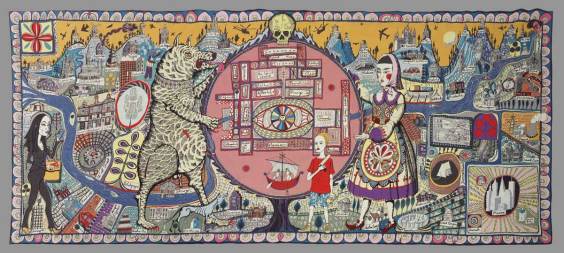
‘Map of Truth and Beliefs’ (2011), Grayson Perry © Grayson Perry, Paragon Press and Victoria Miro, London
Much of the modern Western art on show is classical in style, such as the dialogue between de Chirico and Morandi on the stand of Galleria d’Arte Maggiore. Blue-chip contemporary is also much in evidence, such as the recent pieces by Grayson Perry and Chris Ofili on Victoria Miro’s stand. Miro had a stand completely devoted to the Japanese artist Yayoi Kusama last year, and the work of Ofili and Perry is in many ways ideal for the tentative Asian market: resolutely 21st-century in conceptual playfulness, yet steeped in a traditional artistic language. This natural flow between Asian and Western art represents a more refined approach on the part of dealers than the early days of Art HK. ‘There was an attempt by some galleries to try and pander to a perception of what an audience from Asia would be interested in – sometimes to quite cringeworthy effect,’ says Renfrew. ‘Now people see things differently. If they’re looking for an artist from Asia to be part of their programme, it’s not solely done from a pragmatic perspective; people are looking for artists that truly fit into their programme and reflect the values of that gallery. So you’re seeing a much more sophisticated approach in that respect.’
And while he is confident of a successful fair, Renfrew already has his eye on next year, when the event shifts from May to March. This move is ‘of fundamental importance to our ability to be able to attract a global audience’, since it steps out of the congested May and June calendar. ‘It means we will be able to attract more collectors, curators and museum directors,’ he says. ‘We’ve had very positive feedback from galleries who have previously said that they couldn’t participate because of the proximity to Basel and New York auction week. We’re going to receive a big upswing in applications as well as attendance.’
Art Basel in Hong Kong is at the Hong Kong Convention and Exhibition Centre (HKCEC) from 15–18 May 2014.
Click here to buy the May Apollo
Related articles Gallery: Highlights from Art Basel in Hong Kong
Unlimited access from just $16 every 3 months
Subscribe to get unlimited and exclusive access to the top art stories, interviews and exhibition reviews.

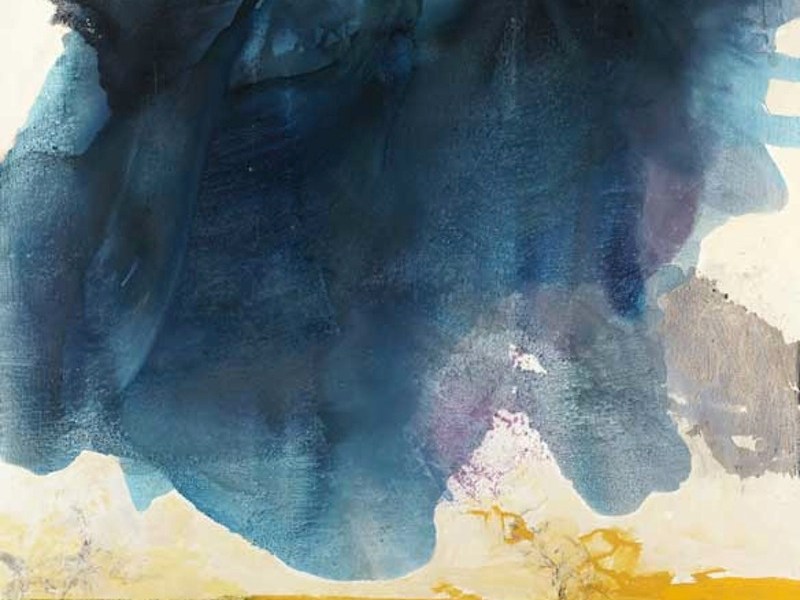
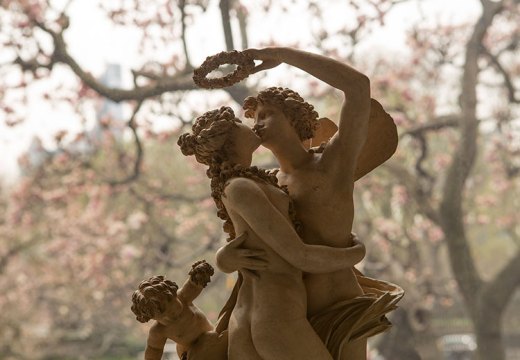
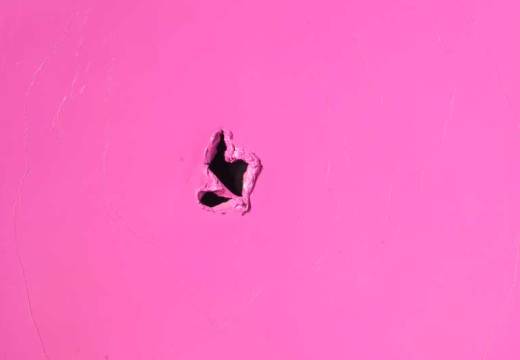









![Masterpiece [Re]discovery 2022. Photo: Ben Fisher Photography, courtesy of Masterpiece London](http://www.apollo-magazine.com/wp-content/uploads/2022/07/MPL2022_4263.jpg)
It’s time for the government of London to return to its rightful home